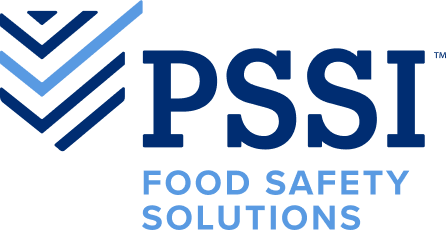Listeria is a common and aggressive pathogen linked to a growing number of recalls across the processing industry. According to the Center for Disease Control, it is the third leading cause of foodborne illnesses with nearly 25 percent of reported cases resulting in death.
From packaged salads and soft cheeses to deli-sliced meats and fresh fruit and vegetables, listeria can spread quickly and infect all types of foods.
Processing plants are at particular risk for contamination because Listeria bacterium can easily spread from the outside into a plant environment. The bacteria lives in soil and water, as well as in some animals including cattle and poultry, and especially thrives in warm climates and during spring, summer and fall.
Listeria can also stay well hidden in food processing equipment, complicating detection and control, and survive in environments with wide pH ranges, high salt, low moisture and even oxygen-deprived anaerobic conditions. And surprisingly, cold-processed foods are at a particularly high risk because Listeria Monocytogenes survive refrigeration and deep freezing.
How to Prevent Listeria
The key is awareness and taking the right preventative steps with trained food safety and sanitation professionals to help protect your plant. PSSI, the leader in food safety and plant sanitation, has a dedicated Field Audit & Support Team (F.A.S.T) to help its partners troubleshoot food safety issues and develop action plans to prevent microbial contamination.
With Listeria in particular, F.A.S.T identifies four top risks related to Listeria contamination:
1. Soil Disruption
Field plowing, construction work, outdoor athletic and leisure activities and other soil disruptions release Listeria from the soil into the air. Winds can scatter the pathogens over long distances. Most plants’ air filtering systems will not effectively prevent the bacteria from entering. In addition, plant workers may prop open entrances, emergency exits and loading dock doors on warm days, providing easy access for Listeria contaminants to invade the processing area.
2. Contamination
Plant employees often spent considerable time outdoors during their off-work hours, raising the risk of carrying Listeria contamination into the plant on their shoes, boots and outer clothing.
3. Condensation
Temperature changes during warm seasons increase condensation inside the processing plant. Condensed water often harbors and transports Listeria onto food and surfaces that food contacts during processing.
4. Production Demands
With increasing production levels across many food processing plants to keep up with demand, steps to deep-clean processing equipment may be short changed in an effort to keep up with product shipping schedules.
Listeria is common in every climate that it’s nearly impossible to stop it from entering your plant and coming into contact with processing surfaces and equipment. Prevention of contamination in the high-risk food processing cycle is the best defense against a Listeria outbreak. Left unchecked, Listeria can create devastating consequences in terms of production time lost and negative publicity surrounding a food poisoning outbreak or a product recall. Taking proactive steps toward protecting end consumers in the critical area of food safety can position a brand for future success.
Contact Jake Watts, VP Food Safety at PSSI (jwatts@pssi2020.wpengine.com/br/pssi_sandbox) for a complimentary pre-sanitation assessment with its expert F.A.S.T to review the current status of a plant and recommend future sanitation strategies.
For more information about PSSI and F.A.S.T services:
How to Ace Your Audits and Manage a Successful Food Safety Strategy

